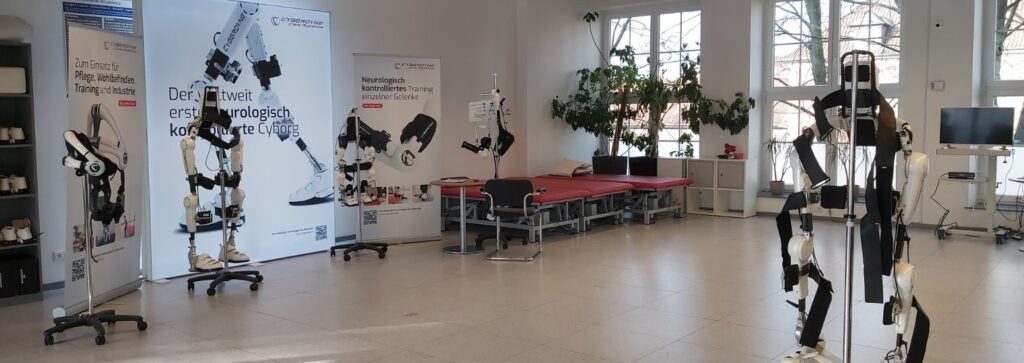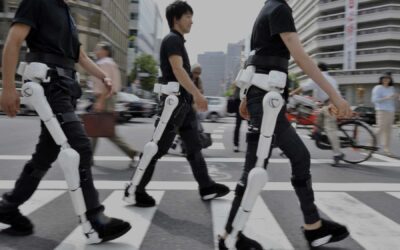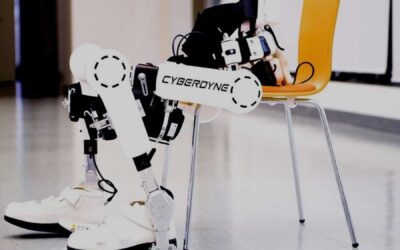Cerebrovascular Disease is the cause of acquired disability around the world. The medical field has seen considerable changes in the last few years, but, with the numerous breakthrough in technology, healthcare has reached new heights.
The Hybrid Assistive Limb, HAL- is the world‘s first technology that enhances and regenerates the wearer’s physical functions according to the wearer’s intentions. Because of this feature, it is also called The Wearable Cyborg™
Cyberdyne HAL in Cerebrovascular Diseases

-HAL is used in the treatment of various diseases.
-It’s made to fit all individuals.
-It’s controlled by the wearer’s intent.
-A powerful companion that supports the road to independence
The “Wearable Cyborg™ HAL is determined to create an ideal future by researching, developing, and manufacturing innovative Cybernics systems, with a focus on improving medicine, welfare, and daily life.
Treatment for Cerebrovascular Diseases
When a person tries to move, the brain sends a signal to the muscle to command the movement. At that time, a very faint signal that reflects the wearer’s intention to move appears on the skin’s surface.
Using its sensors attached to the skin’s surface, HAL detects these so-called “bio-electrical signals” to perform the desired movements with the wearer’s voluntary commands.

Cyberdyne HAL follows a motion principle-
Thought process
When we move our bodies, we begin by thinking about the movement.
By thinking, “I want to walk,” the brain sends the necessary signals through the nerves to the muscles needed for that movement.
Sending signals
In the body of a healthy person, each muscle receives signals sent from the brain, allowing the muscles to move only the amount of force necessary to match the intention.
Reading the signals
As the signals travel towards the muscles, they leak on the skin surface as very faint signals, so-called “bio-electric signals [BES]”. HAL can read the BES with its originally developed electrodes attached to the wearer‘s skin surface. Based on various other information obtained as well, HAL determines the wearer’s desired movements.
Movement
HAL controls the power unit according to the movements it recognises to assist the wearer in moving according to his or her intentions or even exerting more force than usual.
Feedback
Once the movement is complete, the brain cheques how the body moves according to the signals sent. When HAL realises the wearer‘s intended motion, the body feeds back information of the successful movement. This allows the brain to gradually learn how to send out the signals necessary for good movements.
Patient Testimonial-
Rody was caught in a car accident in 2013, resulting in spinal cord injury levels C6 and C7. This injury caused him to have difficulty in standing and walking. However, things changed when he was admitted to Pusat Rehabilitasi PERKESO in the year 2019 and started to receive Cyberdyne Lower Limb treatment. After 6 months of Cyberdyne treatment, he can now stand and walk again using the walker. What’s more exciting is that Rody is now back to work!
Log onto https://rehabmodalities.com/ for a free demo of our awesome mobile journey with Cyberdyne HAL



